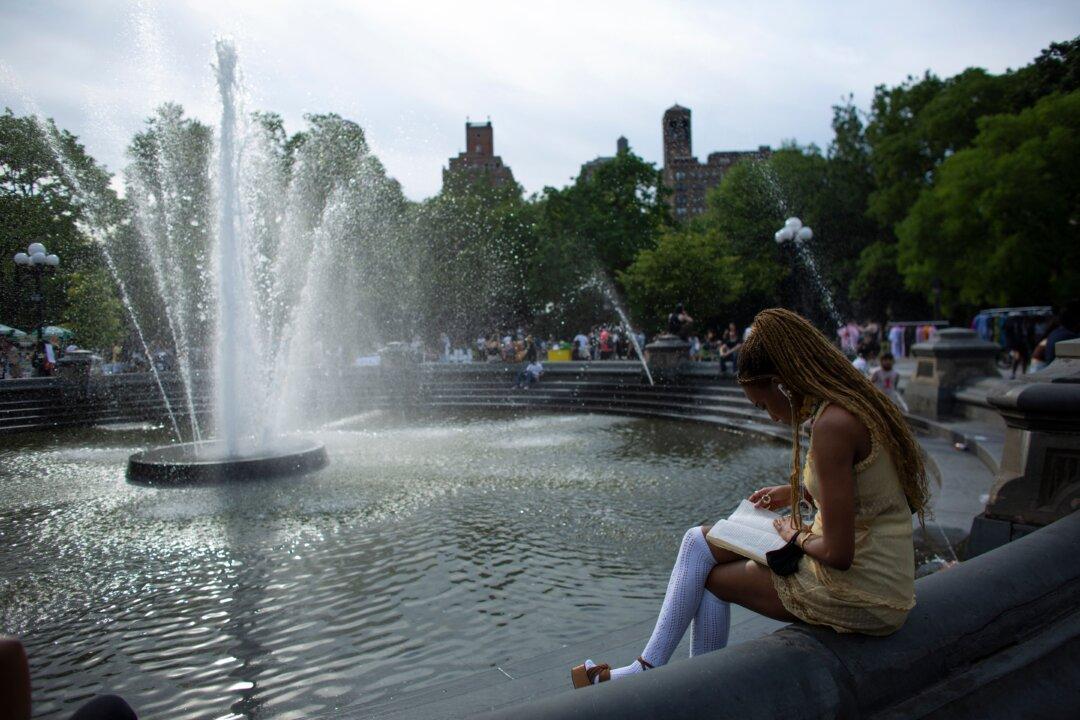Commentary
We hear much about individual “rights” these days, but very little about personal responsibilities. That’s untenable. Our freedom to exercise the former can’t long exist without accepting our duty to fulfill the latter.

We hear much about individual “rights” these days, but very little about personal responsibilities. That’s untenable. Our freedom to exercise the former can’t long exist without accepting our duty to fulfill the latter.